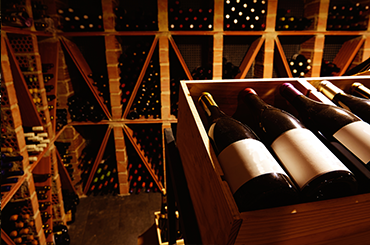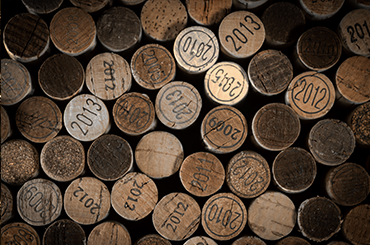1. The first few years of buying for a cellar are crucial
You need to plan for your drinking tastes and requirements three, five and 10 years in advance. Heaven help you if your drinking tastes change in the meantime. Know what you like and buy accordingly, but buy and cellar as diverse a collection as possible to cater for contingencies.
2. Let the wine auction market be your friend
If you make mistakes with your buying decisions or if your tastes change radically as you wait for your collection to mature, you can be stoic about it, or the wine auction market can become your friend. Wine auctions are almost entirely online these days and they are more robust and dynamic than ever.
3. The idea of cellaring is a beautiful one
It involves patience and time, planning and nurturing. It’s a process worth savouring and exploring. It builds a deeper connection with wine. But not everyone enjoys the tastes of mature wine, and not everyone enjoys the way all varieties evolve. It’s possible, for instance, to love the taste of mature semillon, but mature verdelho leaves you cold. Seek out some mature wine (via auction or friends) and discover what you like early in the process. It might save you a lot of money, time and space.
4. Cellaring improves some wines but many – indeed most – wines are not improved
Some are in fact worse, after the passage of years. Don’t cellar rubbish in the hope that it will miraculously transform. Unfortunately, it doesn’t work like that.
5. Australia makes great wine
6. Keep your wine at a constant temperature
Try to keep your wine between 14 to 16 degrees. Daily or regular fluctuation is a far more significant factor than the longterm average temperature.
7. Screwcaps are re-writing the rules of cellaring
Temperature, stability and light are still crucial, but humidity – for the screwcap-sealed wines – is less so. They may even negate the need to lay the bottles down as screwcapped wines can be stored standing up, if you desire. Well-stored wines sealed with a screwcap mature gracefully and at a slow, steady rate. The more experience we have with wines matured under screwcap, the longer drinking windows are likely to become.
8. Keep your wines in the dark
Over time, light spoils more than wine temperature. It makes the flavours seem flat.
9. Wine is a stay-at-home at heart
10. The key to a good wine is balance, and so too a cellar
Don’t have a cellar full of the same style of wine from the same region, all set to mature around the same time.







